
eXtensions - Friday 15 November 2024
By Graham K. Rogers

Reviewers looking at versions of the new Mac mini have been suitably impressed. Apple sales in SE Asia are solid partly due to investment, but the region has grown by its own efforts too. While the M4 iPad Pro continues to impress, other models are also capable of impressive work. Petapixel comments on the Final Cut updates and how this may affect an Apple-Adobe balance.
Late last week deliveries of the new M4 Macs began in some parts of the world. They are now available for order here (just this week). I am most interested in the Mac mini. I have had several of these in the past and I like the way they just sit on (or under) the desk and do pretty much anything I throw at them. I am quite happy with my current M1 Mac mini. I bought this when the previous (Intel) one from 2012 was not able to run the latest macOS update in 2020, so it had had a good life. I gave it to some students who were able to make more use of it. A colleague has a Mac mini ( running High Sierra) she picked up in 2010 and that she still uses for basic tasks.
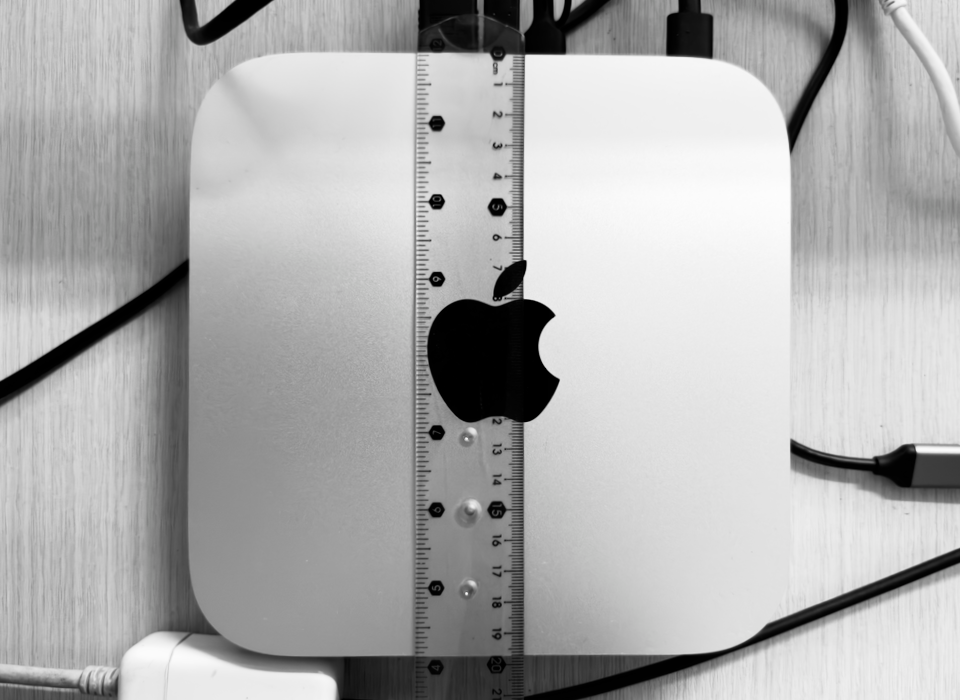
I saw a note on one site that mentioned the new Mac mini with the comment, I don't need one, but, I want one. I empathize. I am trying to think of several ways to convince myself that the M1 chip is fine for my needs, particularly with the M4 iPad Pro on which I do most of my work currently, but there is a nagging voice in the background that wants me to buy one. I took a note of some headlines from those with an early look at this, linking to the last one as that is the most recent and has a good overview of the device:
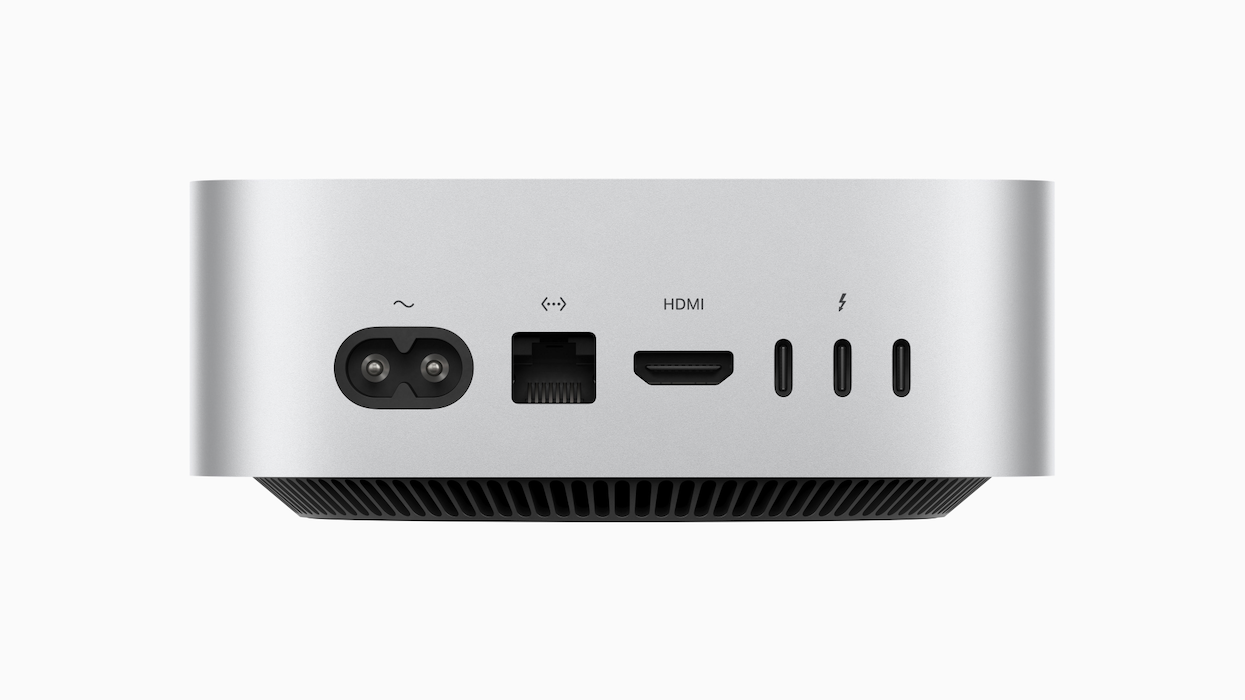
Headlines are aimed at readers in order to attract them to an article, of course, but the consensus here is that this is a winner, either as the basic desktop or with the Pro chip that makes it one of the fastest computers around right now in a tiny package only 5-inches square (12.7cm x 12.7cm x 5.0cm). My current Mac mini is 19.7cm x 19.7cm x 3.56 cms. Howard Oakley (Eclectic Light Company) has taken delivery of a Mac mini M4 Pro (with 48GB memory and 2TB storage) and wonders how the smallest Mac he has ever owned is also the fastest.
He has an early technical look at the performance of the cores with his usual clear diagrams and charts, but is looking forward to being able to acquire a Thunderbolt 5-capable SSD. He later added to the detailed analysis with a look at the P cores inside M4 chips, and further with Inside M4 chips: P cores hosting a VM. Reporting in May, Brandon Hill (Tom's Hardware) writes that the M4 has 28 billion transistors. I am always in awe of such numbers. When I was a child the vacuum tube was king and (in theory) each transistor replaces one tube.
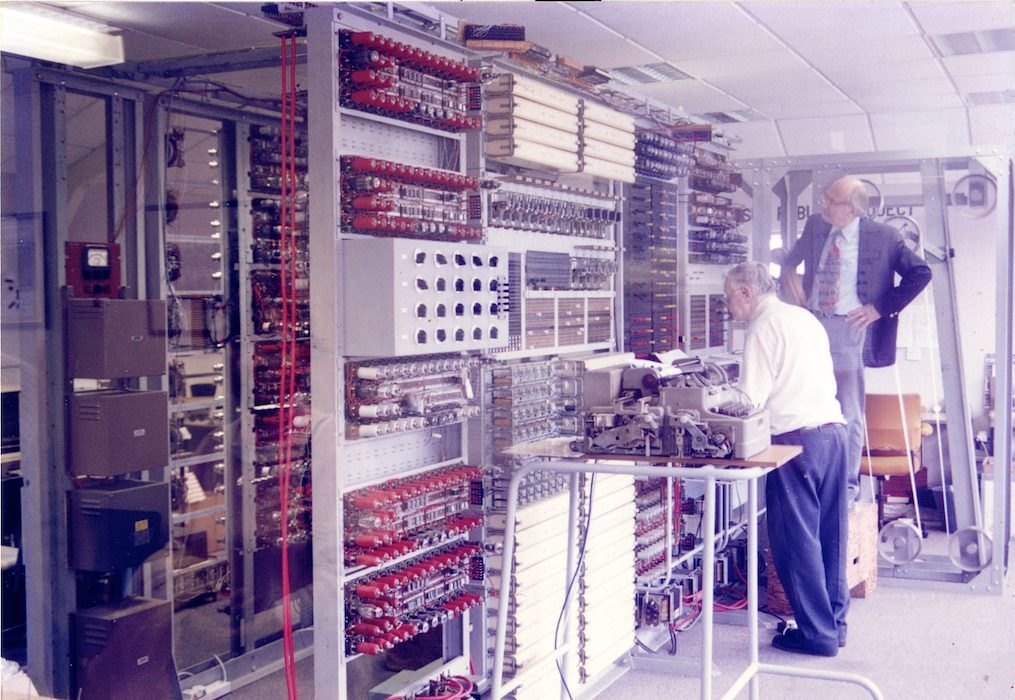
Regarding that comment (above) on the purpose of headlines, as well as the good number of enthusiastic reviews on the Mac mini and the other M4 Macs just released, there are some that cast doubt on the value, particularly of the Mac mini. The main sour point for some is the power button placement: under the device. Chance Miller (9to5Mac) outlines comments from Apple executives, Greg Joswiak and John Ternus. Interviewed online, they said that the size forced the change, but noted, "you pretty much never use the power button on your Mac".
This is something that several commentators have said. I concur. My MacBook Pro has been on for a couple of weeks now, maybe more. If there is a problem with an app, one of the suggestions is a restart and we do that with a menu command. I shut the Mac down once in a blue moon. The Mac mini at work is slightly different because I tend to shut this down at weekends in case of power cuts. The utility companies here carry out a lot of maintenance at weekends so there is a higher chance of a power cut. The rainy season also brings about a fair number of cuts when lightning hits the exposed transformers. I should have UPS of course.
Also picking up on the comments of Jos and Ternus, Isaiah Williams (Techradar) notes that this comment "may not sit well with some users (especially considering most traditional desktop PCs and their prominent power button positions)", but not Mac users, who are usually comfortable with leaving the Mac on. Over on MacWorld, Mahmoud Itani notes that "The power button is a nonissue - unless you don't understand anything about the Mac" in an article that examines why Macs are best left on. He also mentions the 2 points about online grousers, and the comments from PC users. Similar comments are repeated on other sites.
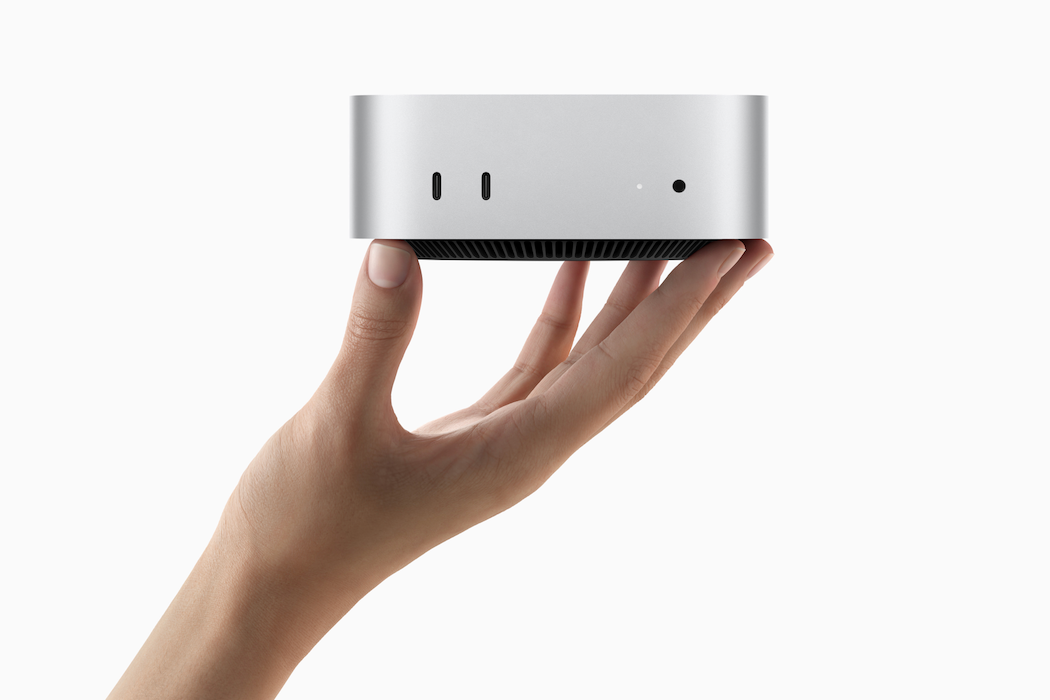
Over the weekend there was considerable excitement over the discovery that the Mac mini has a removable SSD. Malcolm Owen (AppleInsider) puts the brakes on expectations, but that did not stop at least one user posting a video on "Upgrading a Brand New Mac mini" (dosdude 1), generating plenty of glee on social media, and immediately voiding the warranty. Despite his excitement and the interesting tear down, one of the replacement NAND chips appears to have been faulty so things did not go exactly as planned.
Owen is cautious, noting that although it appears to be "possible for the storage to be removed and potentially replaced by another board [. . . ] it's not a confirmation of easy upgradability. . . ." This is repeated by Rajesh Pandy (Cult of Mac): user-upgradable storage, with a catch. Owen suspects that this is more for in-house repairs, but that is not going to stop several enthusiasts and back street repair shops from trying. I was reminded of those self-repaired iPhones that suddenly caught fire to much criticism and finger-pointing directed at Apple until the analysis showed wrong parts and missing or misplaced screws were the cause. I later saw that Joe Rossignol (MacRumors) has reported on another teardown of the Mac mini, noting that this precedes the expected iFixit teardown, which duly arrived on Wednesday morning (here) according to Juli Clover (MacRumors). Also linking to this, Rajesh Pandey (Cult of Mac) warns that apparent move to repairability has a catch: Apple's non-standard SSD. It is not possible to do a straight swap, even between models of the Mac mini.
For years Apple has maintained a Singapore-centric approach to the South-east Asia region: hardly surprising with the investment Apple has had there since its earliest days and the limited economies of the other countries in the region at the time. Thailand used to have an unreliable retail market for Apple products but in the last 20 years this has been much improved. There is now a growing middle class and more disposable income (despite poverty in many areas), with consumers demanding better products and service. Apple has responded fairly well here with 2 Apple Stores, an effective online operation and improved repair services. Malaysia has also grown considerably in recent times, particularly under the premiership of Mahathir bin Mohammed. It has been apparent in both countries for a while that, despite the "cheapest is best" attitude in some quarters, there are many who do want better products. Apple recently opened its first store in Kuala Lumpur.

While some analystas have been wringing their hands about the iPhone, Dennis Sellers (MacWorld Today) reports that iPhone sales in SE Asia have seen a 34% growth in Q3, year on year, "through aggressive expansion of its distribution and branded stores". The other countries in the region, particularly Vietnam, Laos and Cambodia are also looking less at their agricultural history and more towards technology. Vietnam, where Apple is already investing in manufacturing facilities, is perhaps the most pragmatic with its eye on industrial expansion.
Laos is quieter. With its population of just under 8m people, it has potential, but there is no Apple store there as yet. Cambodia is a little better with authorised resellers, but no official store. Indonesia has good potential if only because of its population (284m), although the archipelago is spread out, mountainous and forested, with a few major centers of population: the capital, Jakarta, being the largest (10m people). Surabaya, Bekasi, Bandung, Medan and Bedok each have populations of between 2m and 3m. There are online stores in Indonesia, Philippines, Singapore, Thailand, Vietnam, and Malaysia.
I gave a paper at a conference in Kuala Lumpur a few years back as part of the process of the University's own plan to run the conference in Bangkok later. That was thwarted by political problems here and the organizers insisted it was moved to Singapore. In Malaysia, after the university delegates had checked out of the KL hotel, there was enough time for the group to be shown round some parts of the area on the way to the airport. It was revealing to me when we visited a couple of universities there. The look on the faces of the lecturers and officials in the tour bus was a picture as it sunk in just how far Malaysia had advanced. That of course was demonstrated in other ways, including car manufacturing, and the infrastructure.

Like the iPhone doom scenarios, there has been a certain amount of criticism aimed at the iPad of late, particularly when the iPad Pro was released with the M4 chip some 6 months before the M4 Macs. The argument appeared to be that it was npw so powerful (that much is true I can confirm) that it should really be a Mac. I guess that many of those trying to find the failings of the iPad Pro don't use one on a daily basis. Now, Ed Hardy (Cult of Mac) reports that of all the iPad range, the iPad Pro (which is also the most expensive), is the biggest seller, with some 45% of all iPad sales. The basic iPad is next (33%), then the iPad Air (13%) with the iPad mini bringing up the rear at 9%, although that could change after the recent upgrade.

I have the previous version of the iPad mini and this works well as a backup on days I want to travel light. As an example of how I use it, I visited one of the new monorail developments a year or so ago and took just under 150 RAW photos, each around 60MB. Before we left the car park I had imported the images to the iPad mini and on the journey back most were transferred to iCloud using the Personal Hotspot. By the time I arrived home the images were ready on the Mac for me to work on.
I am fairly careful with images on my site, preferring, if I can, to use photographs I have taken, screenshots, and official images (with acknowledgment) from companies like Apple. I am also annoyed by those who take my images, or link to them, with no acknowledgement (or request). Adam Engst (TidBits) has written an interesting comment on a potential scam aimed at those using images that are not theirs. The email, he explains, looks legitimate, but like phishing emails, once you start to dig into some messages, the cracks begin to show. The email demands that the site owner, add a link, not remove the image or pay fees for its use, claiming this is under DMCA regulations. It is not. This is an interesting look at the ways some may try to take advantage of the legal ignorance of many of us.
I had a look at Photomator on the Mac this weekend, with regard to adding keystrokes for menu items that do not have them. I used a menu items in Photomator (Image > Flip Horizontal). Jaron Schneider continues his useful speculation on what Apple might do with the Pixelmator acquisition, by mentioning how closely Photomator resembles Apple Photos. While he (and I) would like Photomator to evolve to become a new Aperture, he suspects it is more likely that Photos will benefit from a merging of the two: a more consumer-oriented solution. While I would like Photomator beefed up to become a new Aperture, this is probably less likely than the use of Photomator to improve Photos, and users would certainly benefit from the more accurate sliders for Straighten, Perspective and Keystone (horizontal).
In a further article, on the release of Apple's latest version of Final Cut Pro, Jaron Schneider, analyses the way Apple has begun to regain its previous strength in visual applications, including the Pixelmator acquisition. The article is critical of Adobe and its business model, particularly its attitude towards photographers: the customers that pay for the products. The inclusion of a message from X shows how bad that relationship is, but I found information towards the end even more interesting. Schneider suggests that when Apple was moving away from 32-bit applications, Aperture was dumped to leave the field free for Lightroom, but when Adobe began to make advances on Windows, this was seen as a betrayal of the agreement. I have never seen this allegation before, although I do remember that Apple did push for users to move to Lightroom at the time and provided clear instructions.
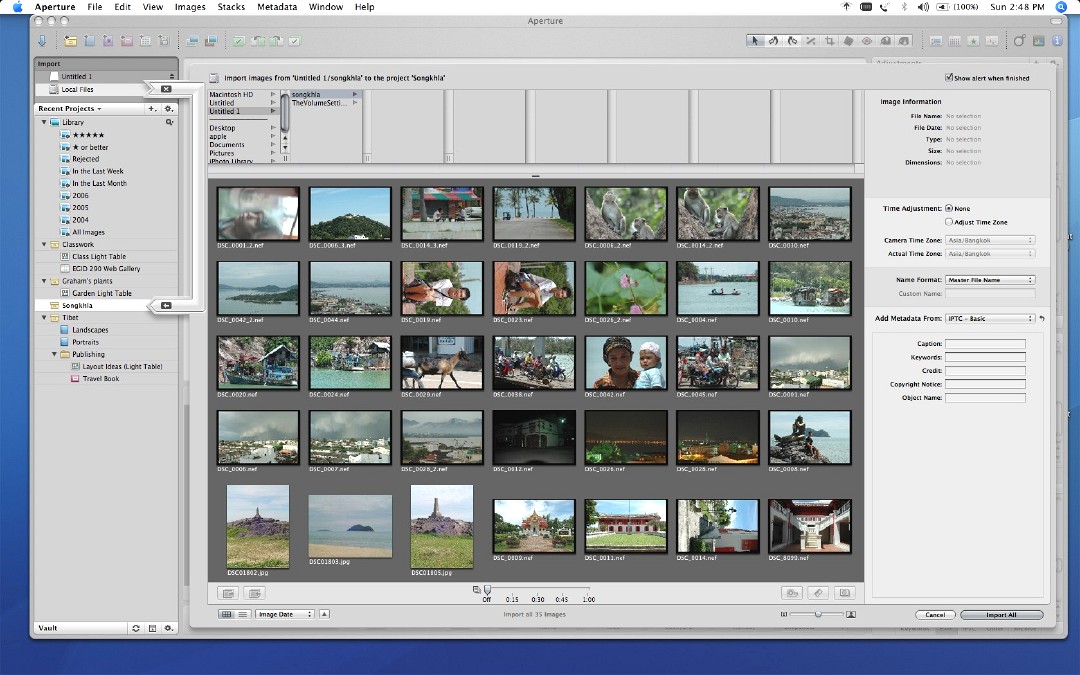
Graham K. Rogers teaches at the Faculty of Engineering, Mahidol University in Thailand. He wrote in the Bangkok Post, Database supplement on IT subjects. For the last seven years of Database he wrote a column on Apple and Macs. After 3 years writing a column in the Life supplement, he is now no longer associated with the Bangkok Post. He can be followed on X (@extensions_th). The RSS feed for the articles is http://www.extensions.in.th/ext_link.xml - copy and paste into your feed reader.

For further information, e-mail to
Back to
eXtensions
Back to
Home Page